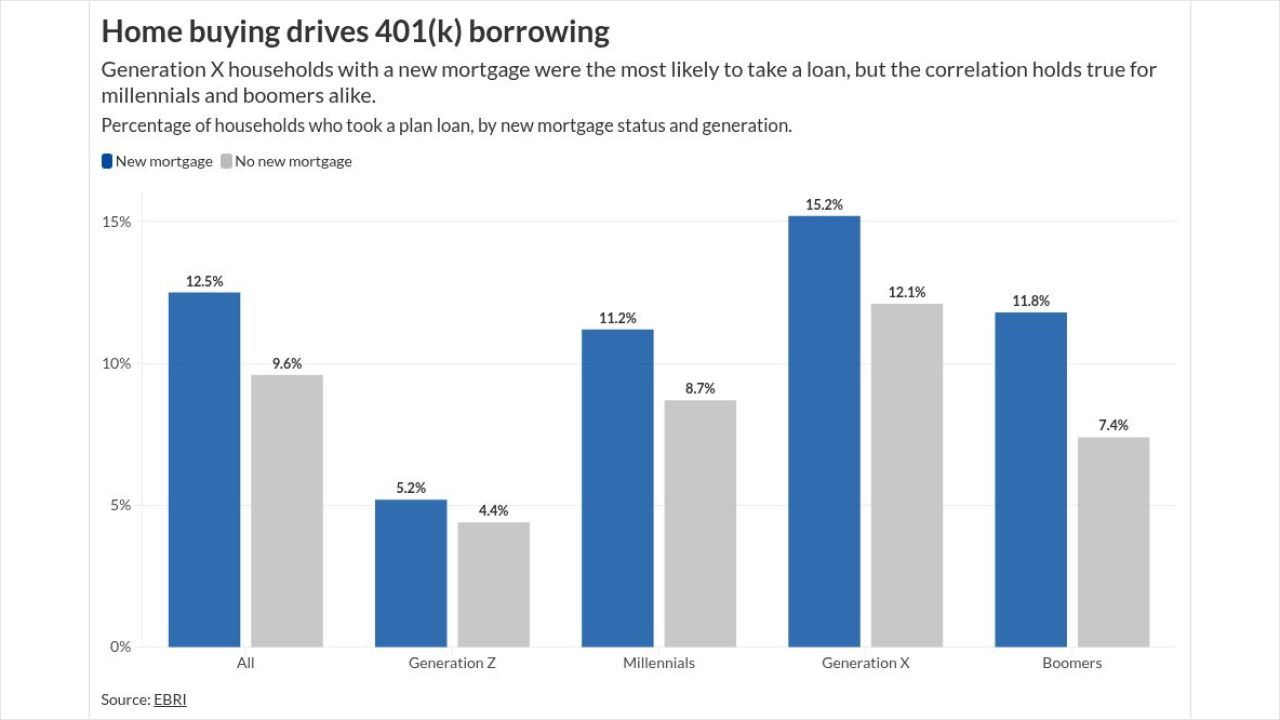CHICAGO -- Many advisers struggle when building out the fixed-income portion of portfolios, plagued by embarrassingly low yields and the need to contain costs.
That probably lured at least some attendees at the Morningstar Investment Conference to crowd a conference room to take in a panel titled, "Fixed Income: The Achilles Heel of Indexing." It was advertised as probing whether fixed-income was the "last bastion of active management."
I've heard countless times that indexing doesn't work with fixed income. After all, according to Morningstar, the Vanguard Total Bond ETF (BND) barely performed above average (versus peers) over 10-years, and 65% of funds bested it over the past five years.

Panelist Natalie Zahradnik, a PIMCO executive vice president and ETF strategist, explained that bond markets are less efficient than stock markets. She noted that 47% of bonds are owned by governments or agencies using bonds for monetary policy and that, unlike stocks, there are no centralized markets. Thus, she concluded, active works better.
Another panelist, Karen Schenone, Blackrock's director of fixed-income strategy, said excess return over indexing comes from taking on more credit risk, implying that a total bond index (like Barclays Aggregate Bond) is the wrong benchmark. A third panelist, Gemma Wright-Casparius, a Vanguard senior portfolio manager, said her firm's active bond funds allocate according to inefficiencies. She called this strategy a "credit premium."
I was shocked that a BlackRock executive argued market efficiency, while Vanguard touted excess return through security selection.
Session moderator Ben Johnson, Morningstar's director of global ETF and passive strategies research, provided data showing the average bond fund being compared to the Barclays aggregate index held less U.S. government-backed securities and more corporate and commercial mortgage-backed securities. Why is that noteworthy? Because those same non-U.S. government mortgage-backed securities were disasters in 2008.
My take is that active bonds beat bond index funds by taking on more credit risk. This is beta, not alpha. Though I avoid expensive active bond funds, I don't load clients up on bond index funds, either.
I recommend certificates of deposits that offer low early-withdrawal penalties, such as five to six months. Ally Bank and Capital One 360 are current examples. They pay similar rates as a Barclays aggregate bond fund but the penalty acts as a put (the right to sell it back to the bank) if rates rise. As an example, BND would decline by about 3.5% if rates rose one percentage point over a year. On the other hand, a Capital One CD yielding 2.3% would earn 1.15% after paying the penalty. The client can then invest at the higher rate after breaking the CD.
An even better choice is
I was fairly sure these better than bond index fund solutions would not be mentioned by the panelists since they didn't involve company products. As advisers, these solutions may not fit into our fee model, either. Incentives really do matter, and though putting our clients first may cut our short-term income, it will ultimately result in bringing in more clients than we can imagine.





